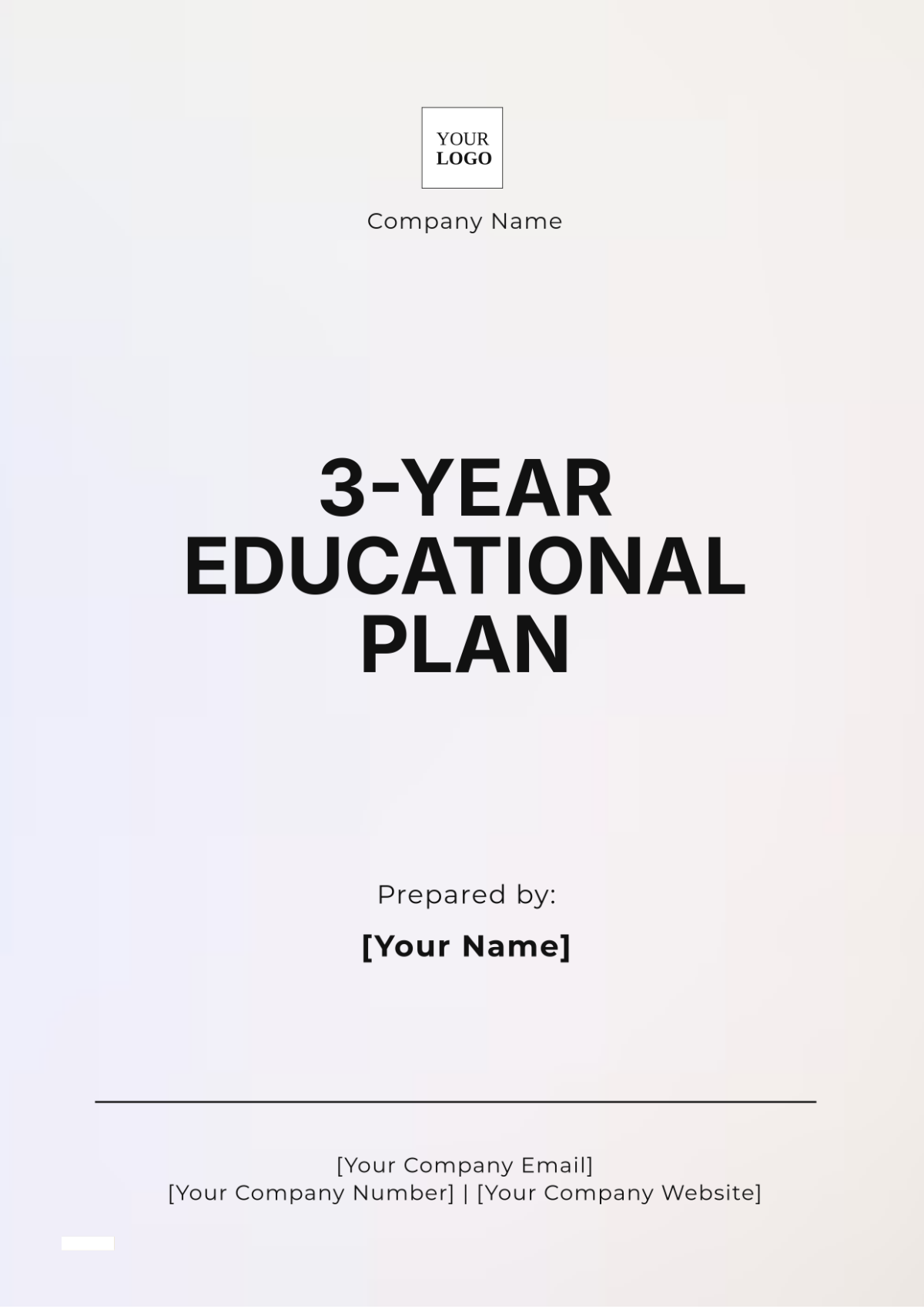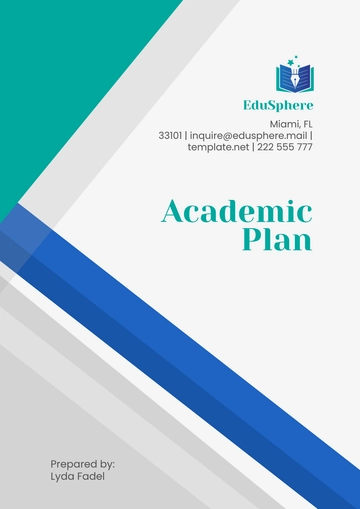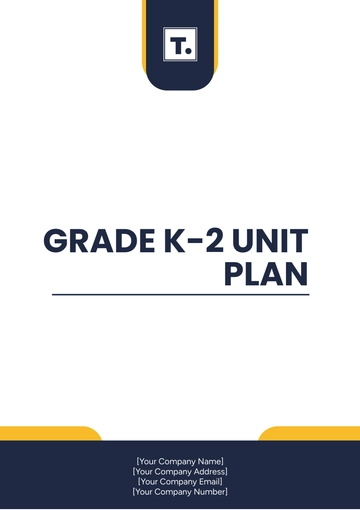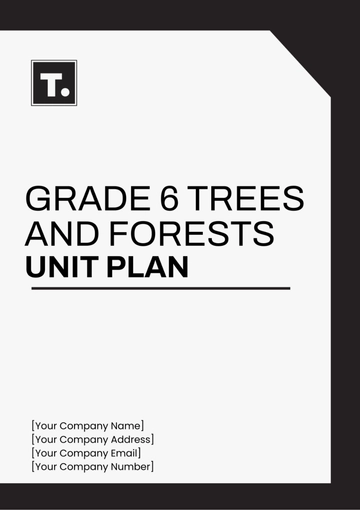Free 3-Year Educational Plan

I. Introduction
This three-year educational plan is designed to foster academic excellence and personal growth among students by implementing comprehensive strategies across various educational levels. The plan prioritizes curriculum enhancement, faculty development, infrastructure improvement, and technology integration, ensuring a holistic approach to education that meets the diverse needs of learners.
II. Curriculum Enhancement
A. Primary Education
Objective: Develop foundational skills in literacy and numeracy.
Strategies:
Incorporate interactive and play-based learning methods to promote engagement.
Introduce phonics programs and early math concepts to build essential skills.
B. Secondary Education
Objective: Broaden knowledge through interdisciplinary learning.
Strategies:
Introduce critical thinking courses and interdisciplinary modules that connect various subjects.
Implement STEM (Science, Technology, Engineering, and Mathematics) and Arts Integration programs to foster creativity and innovation.
Engage students in weekly project-based learning activities to apply theoretical knowledge in practical contexts.
C. Higher Education
Objective: Enhance specialization and refine professional skills.
Strategies:
Strengthen research opportunities and focus on developing professional competencies.
Establish partnerships with industries to provide students with hands-on experiences and internships.
Encourage collaborative research projects between students and faculty.
Implementation Timeline
Year | Objective | Outcome |
|---|---|---|
Year 1 | Review and overhaul the existing curriculum. | Updated and relevant educational materials. |
Year 2 | Implement new teaching strategies. | Improved student engagement and understanding. |
Year 3 | Evaluate and refine teaching practices. | Consistent educational excellence. |
III. Faculty Development
A. Training Programs
Objective: Equip educators with the latest teaching methodologies.
Strategies:
Conduct regular workshops and seminars on innovative teaching strategies, technology use, and classroom management.
Promote peer collaboration and mentorship among faculty members.
B. Incentives and Recognition
Objective: Motivate educators and acknowledge excellence.
Strategies:
Introduce performance-based metrics that recognize and reward outstanding teaching practices annually.
Establish a faculty excellence awards program to highlight exemplary contributions to education.
IV. Infrastructure Improvement
A. Classroom Upgrades
Objective: Modernize learning environments.
Strategies:
Equip classrooms with advanced learning aids, such as interactive whiteboards and projectors.
Provide ergonomic furniture to enhance student comfort and focus.
B. Laboratory and Library Enhancement
Objective: Support practical learning and research.
Strategies:
Expand laboratory facilities for Science and Technology courses, ensuring access to modern equipment.
Upgrade library resources to include a wider range of texts and digital learning tools.
V. Technology Integration
A. Digital Learning Platforms
Objective: Streamline curriculum delivery and assessments.
Strategies:
Implement learning management systems (LMS) that facilitate course management and student tracking.
Utilize online platforms for interactive learning and collaboration.
B. Online Resources Access
Objective: Facilitate remote education and research.
Strategies:
Provide universal access to digital libraries, research databases, and online learning resources.
Ensure all students are trained to use digital tools effectively.
VI. Assessment and Evaluation
Objective: Monitor and evaluate student progress and program effectiveness.
Strategies:
Implement continuous assessment strategies, including formative assessments and feedback sessions.
Establish feedback mechanisms for students and faculty to promote continuous improvement and adapt the curriculum based on developing educational needs.
VII. Conclusion
This three-year educational plan aims to create a dynamic and supportive learning environment that prioritizes student success through curriculum innovation, faculty development, and infrastructure modernization. By integrating technology and fostering continuous assessment, this plan ensures that both educators and students are equipped to meet the challenges of a rapidly developing educational landscape. The outlined strategies will not only enhance academic outcomes but also prepare students for future professional success.
- 100% Customizable, free editor
- Access 1 Million+ Templates, photo’s & graphics
- Download or share as a template
- Click and replace photos, graphics, text, backgrounds
- Resize, crop, AI write & more
- Access advanced editor
Unlock the potential of your educational planning with the 3-Year Educational Plan Template from Template.net. This fully customizable resource is designed to streamline your academic strategies. Easily modify and personalize it to suit your needs, and enjoy the convenience of editing in our AI Editor Tool. Plan effectively and achieve your educational goals today!
You may also like
- Finance Plan
- Construction Plan
- Sales Plan
- Development Plan
- Career Plan
- Budget Plan
- HR Plan
- Education Plan
- Transition Plan
- Work Plan
- Training Plan
- Communication Plan
- Operation Plan
- Health And Safety Plan
- Strategy Plan
- Professional Development Plan
- Advertising Plan
- Risk Management Plan
- Restaurant Plan
- School Plan
- Nursing Home Patient Care Plan
- Nursing Care Plan
- Plan Event
- Startup Plan
- Social Media Plan
- Staffing Plan
- Annual Plan
- Content Plan
- Payment Plan
- Implementation Plan
- Hotel Plan
- Workout Plan
- Accounting Plan
- Campaign Plan
- Essay Plan
- 30 60 90 Day Plan
- Research Plan
- Recruitment Plan
- 90 Day Plan
- Quarterly Plan
- Emergency Plan
- 5 Year Plan
- Gym Plan
- Personal Plan
- IT and Software Plan
- Treatment Plan
- Real Estate Plan
- Law Firm Plan
- Healthcare Plan
- Improvement Plan
- Media Plan
- 5 Year Business Plan
- Learning Plan
- Marketing Campaign Plan
- Travel Agency Plan
- Cleaning Services Plan
- Interior Design Plan
- Performance Plan
- PR Plan
- Birth Plan
- Life Plan
- SEO Plan
- Disaster Recovery Plan
- Continuity Plan
- Launch Plan
- Legal Plan
- Behavior Plan
- Performance Improvement Plan
- Salon Plan
- Security Plan
- Security Management Plan
- Employee Development Plan
- Quality Plan
- Service Improvement Plan
- Growth Plan
- Incident Response Plan
- Basketball Plan
- Emergency Action Plan
- Product Launch Plan
- Spa Plan
- Employee Training Plan
- Data Analysis Plan
- Employee Action Plan
- Territory Plan
- Audit Plan
- Classroom Plan
- Activity Plan
- Parenting Plan
- Care Plan
- Project Execution Plan
- Exercise Plan
- Internship Plan
- Software Development Plan
- Continuous Improvement Plan
- Leave Plan
- 90 Day Sales Plan
- Advertising Agency Plan
- Employee Transition Plan
- Smart Action Plan
- Workplace Safety Plan
- Behavior Change Plan
- Contingency Plan
- Continuity of Operations Plan
- Health Plan
- Quality Control Plan
- Self Plan
- Sports Development Plan
- Change Management Plan
- Ecommerce Plan
- Personal Financial Plan
- Process Improvement Plan
- 30-60-90 Day Sales Plan
- Crisis Management Plan
- Engagement Plan
- Execution Plan
- Pandemic Plan
- Quality Assurance Plan
- Service Continuity Plan
- Agile Project Plan
- Fundraising Plan
- Job Transition Plan
- Asset Maintenance Plan
- Maintenance Plan
- Software Test Plan
- Staff Training and Development Plan
- 3 Year Plan
- Brand Activation Plan
- Release Plan
- Resource Plan
- Risk Mitigation Plan
- Teacher Plan
- 30 60 90 Day Plan for New Manager
- Food Safety Plan
- Food Truck Plan
- Hiring Plan
- Quality Management Plan
- Wellness Plan
- Behavior Intervention Plan
- Bonus Plan
- Investment Plan
- Maternity Leave Plan
- Pandemic Response Plan
- Succession Planning
- Coaching Plan
- Configuration Management Plan
- Remote Work Plan
- Self Care Plan
- Teaching Plan
- 100-Day Plan
- HACCP Plan
- Student Plan
- Sustainability Plan
- 30 60 90 Day Plan for Interview
- Access Plan
- Site Specific Safety Plan





























